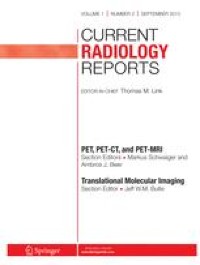Abstract:
Background
Traditional craniotomy depends primarily on the experience of the surgeon. However, the accuracy of manual operation is limited and carries certain surgical risks. The interaction method of current robot‐assisted craniotomy is unnatural and inadaptive to the operating style of the surgeon. In this research, we built a hands‐on synergistic robotics craniotomy system with human‐machine collaboration. Safe isometric surfaces and virtual restraint methods are combined to achieve highly accurate, efficient, minimally invasive, and safe craniotomy.
Materials and methods
Fifteen 3D‐printed beagle skull models were used to evaluate system accuracy and the related image guidance process. It mainly includes: the design of the surgical plan, the adopted strategy based on motion constraint and safe isometric surface, and the impedance control method based on the position inner loop experiment via the human‐machine collaboration method. The trajectory tracking experiment was performed by applying human‐machine collaboration, and completing an experiment on the 3D printed beagle skull models involving drilling and milling of the skull performed by the robot, and evaluation of accuracy via computed tomographic (CT) scanning verification after the operation.
Results
The 3D‐printed beagle skull model experiment shows that the average errors for the top surface and the bottom surface, and the angle error were 0.81 ± 0.15 mm, 0.89 ± 0.12 mm, and 1.74 ± 0.16 degrees, respectively. The average milling position errors for the top and bottom surfaces were 0.87 ± 0.19 mm and 0.93 ± 0.22 mm, respectively.
Conclusion
The performance of the robot system was evaluated and verified using a 3D printed beagle model experiment. The proposed collaborative surgical robot system is feasible and can complete a craniotomy, with improved accuracy and surgical safety.
This article is protected by copyright. All rights reserved.



